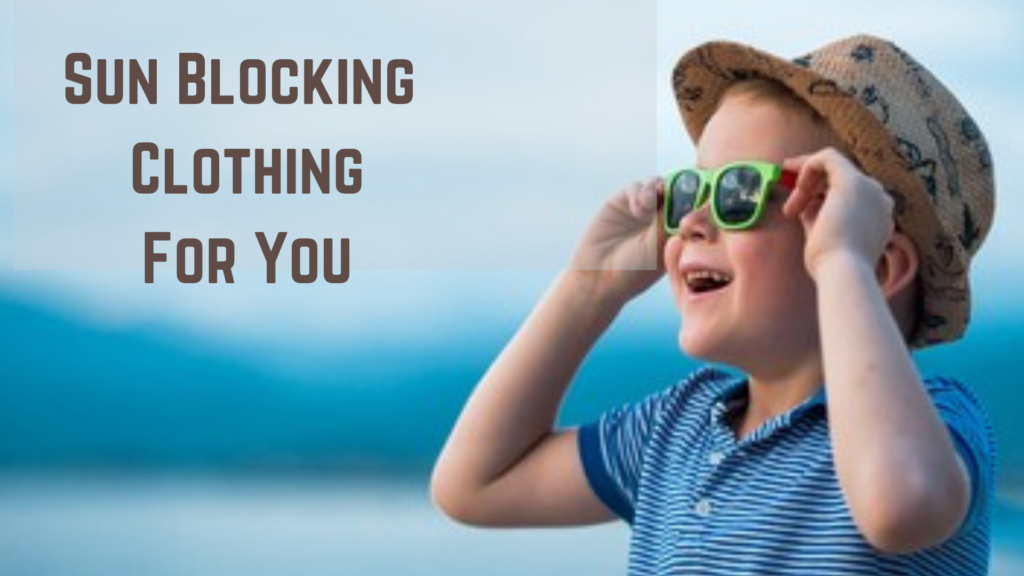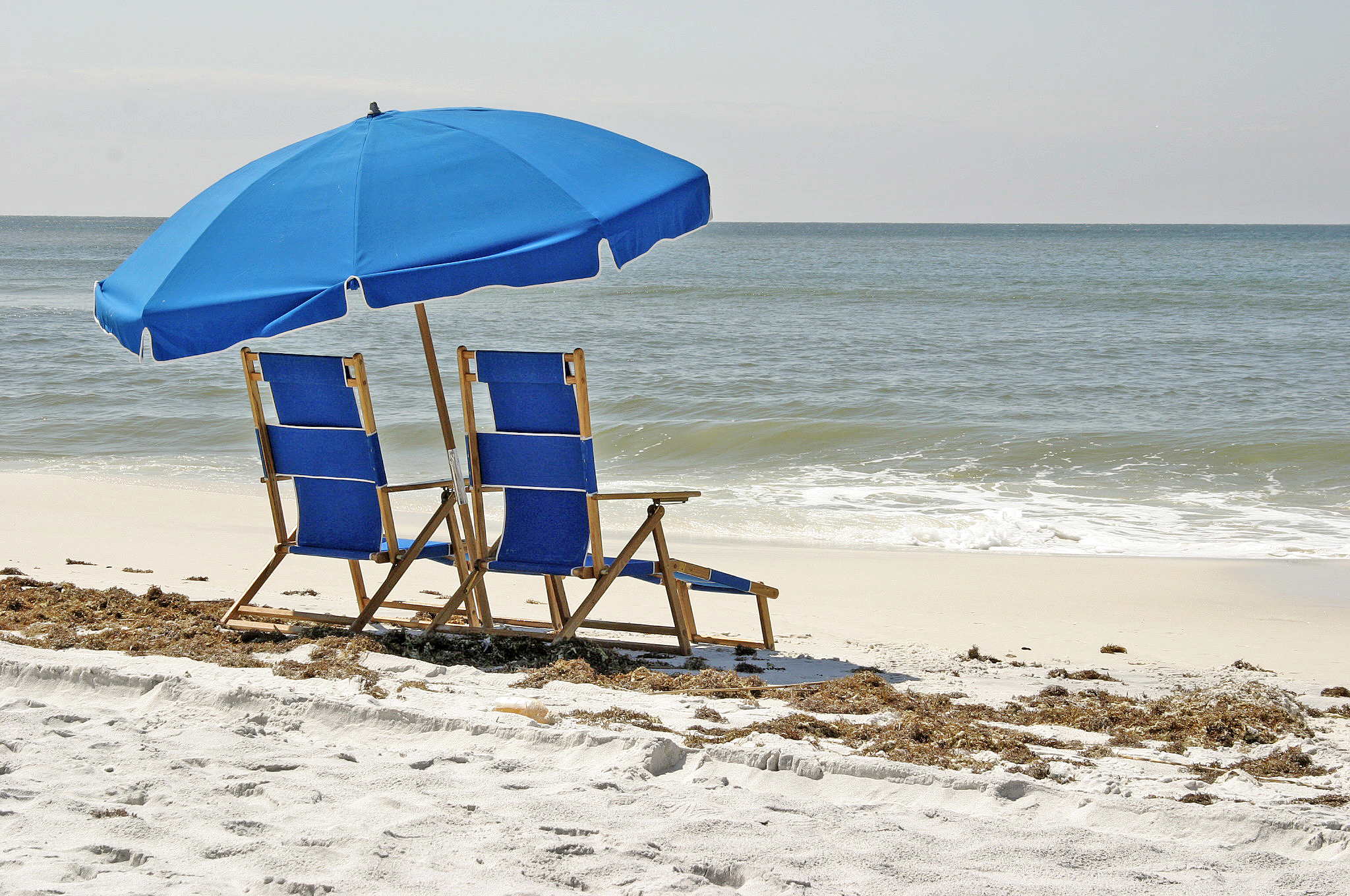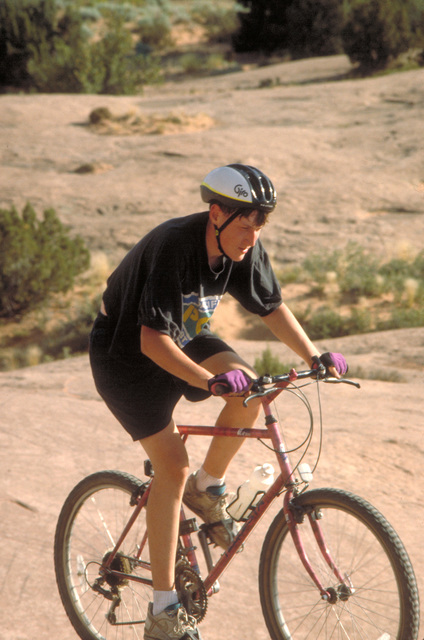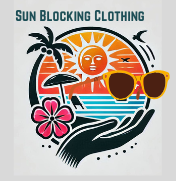Have you found the Sun Blocking Clothing For You and your family yet?

Finding the right Sun Blocking Clothing For You can sometimes seem hopeless when you are working with time constraints as well as budget limits too.
However, staying with the project can be worthwhile, both in the quality and cost of your Sun Blocking Clothing.
We are using some different ways to get our family ready for fun in the sun. Maybe a suggestion or two would help you get yourself and your family protected from the sun.
That is how I have learned a number of these hacks, from others sharing what they are doing.
To qualify to be sun blocking clothing:
Sun shirts and sun hats should not only look good but also absorb or block the harmful sun’s rays.
Clothing also should keep the dangerous rays from your skin to avoid the kind of damage that results in skin cancer.
What’s more, sun blocking clothing is the simplest way to stay safe. Unlike sunscreen, you don’t need to reapply! Just wearing your clothes will keep your skin safer from sun-related damage.
This is a good time for all of us to remember that less is more for sun exposure.
We do need to update our mindset to what we know is true about a tan! Mindsets are hard to change, and you will have to stay alert to the fact of your resolve slipping.
Yes, sunscreen will still allow you to tan. Responsible attention to the time of day you are exposing your skin will help the overall goal of healthy skin.
Can You Stay Cool And Keep Your Skin Sun Safe?
Do you start getting out for some sun in May?
In central Texas, during early March, we’ll be actively tending to our yard to prepare for the upcoming growing season.
The sun’s warmth becomes noticeable around this time. Our days allow gently coaxing a tan onto our skin as we engage in yard work.
While we embrace the change in the color of our skin, we’re also taking precautions. We are using additional sunscreen and sun-protective clothing.
This is resulting in a gradual development of color. This change in pace is certainly welcomed this year. As we are learning to see tan skin for what it is, the slower tan development is making us happier with less color.
We have learned our lessons about too much sun over the years. So, a slower approach is what we have in mind for this year.
We have had a good bit of wind as well already, so this has slowed down the urge to be out. A slower approach to the summer sun is what we are doing this year. Paying more attention to the times we are out, and how long we are out.

Changes To Avoid Too Much Sun
We all love our daily doses of fresh air and sunshine. Sun exposure is one part in which “too much of a good thing” can be dangerous.
There are several ways we can improve our personal skin protection. Portable umbrellas and chairs are just one way to change your approach to enjoying being outdoors and staying safe.
Small steps are easy to work into your personal journey to safer skin.
Short-term Skin Damage
It only takes some people 15 minutes to get a sunburn. Are you one of those whose skin will burn quickly? I may not realize it for a couple of hours, but more than likely it will happen.
Staying alert to apply sunscreen, wearing your sun hat, and sunglasses. These are things you can do. They will make a difference.
Beware of the rapid onset of radiation burns resulting from excessive ultraviolet (UV) rays exposure.
Pay close attention to how both your skin and your family’s skin react to the sunlight.
Skin reddening is frequently coupled with discomfort and blisters, and in more severe cases, can lead to second-degree burns.
Remain vigilant regarding your family’s skin reactions to sun exposure, including your own.
Long-term Skin Damage
Even though you don’t burn often, extended exposure to UV rays over a lifetime will speed up the aging of your skin.
You will start to see more wrinkles, dryness, and sagging, as well as a dull, dry, leathery look for your skin.
I doubt that is what you had in mind as you were enjoying your flower garden time.
Skin color changes that are known as “age spots” will appear, and your skin will bruise more easily.
Changes in the skin cells caused by prolonged exposure may lead to skin cancer. Skin cancer is the most common of all cancers. Your skin needs your help, not your neglect.
Once a sunburn has occurred, the damage will be hard to overcome. This is one of those situations that once done, is permanent.
You may heal from sunburn, but research has brought to light the early damage done to children’s skin. Every sunburn puts you closer to skin cancer.
Ultraviolet radiation increases the risk of three types of skin cancer: melanoma, basal cell carcinoma, and squamous cell carcinoma. These skin cancers show up at any time, after exposure.
The medical community warns us that sunburns that occur in childhood are often cited as posing the greatest risk for developing melanoma later in life.
The Skin Cancer Foundation warns:
“Sustaining five or more sunburns in youth increases lifetime melanoma risk by 80 percent. On average, a person’s risk for melanoma doubles if he or she has had more than five sunburns.”

Heatstroke Dangers
Heatstroke can originate as heat cramps, fainting, or exhaustion. However, if left untreated, it can progress and harm the brain and internal organs, potentially leading to fatal outcomes.
Although more commonly observed in adults aged 50 and above, even healthy young high school or college athletes have been known to face life-threatening heatstroke.
This typically occurs during intense workouts in hot and humid conditions.
Dehydration, extended exposure to extreme heat can disrupt the body’s temperature regulation mechanism. This may result in a core body temperature surpassing 105 degrees Fahrenheit.
Symptoms
Common symptoms of heatstroke often include:
- Intense throbbing headache
- Dizziness accompanied by light-headedness
- Nausea and vomiting
- Muscle cramps and evident weakness
- Accelerated heartbeat accompanied by rapid, shallow breathing
- Subsequent confusion, disorientation, and an unsteady gait, potentially lead to seizures
- In severe cases, loss of consciousness or even coma
Immediate Action
Immediate action is imperative. When you notice yourself or someone else in trouble:
Dial 911.
Ensure the affected individual remains cool by seeking shade, maybe even in your vehicle with the AC going.
Loosen clothing, unbutton collars, and remove extra sports equipment to allow air to the skin.
Use a fan to provide airflow.
Apply cool damp cloths to the skin if feasible.
Your prompt response can be crucial in such situations.
There may be a loss of consciousness or even a coma. This is serious.
Dehydration
Dehydration occurs when more water is moving out of our cells and bodies than the amount we take in through drinking. Our body’s fluid levels become unbalanced.
If you are severely dehydrated there is a possibility of this condition leading to death. If you notice your urine is dark yellow, it’s a good sign that you may be dehydrated.
Here are some other signs of dehydration. Review the symptoms so you will have the information to be able to monitor your and your family’s reactions to what’s going on.
Watch for:
Increased thirst, decreased urine output, inability to sweat
Dizziness and weakness
Dry mouth and swollen tongue
Heart palpitations
Fainting, confusion, sluggishness
Confusion is a reaction that Senior Citizens often experience when they are dehydrated. If your group has older people in it, they may need help remembering to sip water along.
All too often they don’t drink enough fluids, even at home.
When they get out with a group they just forget that fluids are needed.
Encourage dehydrated adults and children to sip small amounts of water, sports drinks like Gatorade or Pedialyte. Sucking on ice chips or popsicles is helpful too.
Hives Or Solar Urticaria Can Be A Dangerous Reaction
Hives or solar urticaria can result from sun exposure for some.
These large, itchy red welts can develop within 5 minutes of sun exposure. They usually disappear within an hour or two after getting in and away from the sunlight.
Often people with this rare condition also have headaches, weakness, and nausea. This hypersensitivity can be severely disabling and even life-threatening.
Worldwide, 3.1 per 100,000 people are affected, and females are more likely to be affected than males.
In our family, the only one who has experienced this particular condition following sun exposure was my oldest son. His welts looked like measles.
He was less than 3 months old, but that should have been a warning that he needed to be careful. Unfortunately, he had a very young Mom who was not aware of how sick one can be with too much sun.
He got to find out about sun sensitivity many times in his lifetime. He has better habits and more information to keep himself safe than we had when he was young.
However, from what I have learned about Hives, they can reappear.
So, if you get some symptoms, get out of the sun, then try to figure out if you can take of the situation at home, or if you need medical help.
With our freckles and light skin and light-colored eyes, it is an absolute necessity for both of my older kids to protect themselves from the sun.
Actually, it is important for darker-skinned people as well, to take reasonable skin protection before spending time out in the sun.
Whether it is skin cancer or cataracts or wrinkles, the health problems caused by the sun are threats to people of all skin colors. Be alert to the time you are in the direct sun.
It is important for everybody to take the sun seriously, especially now that spring is finally here. As we get into warmer months and spend more time outside enjoying the beautiful weather that goes with our spring.
Without our sun blocking shirts and long pants, more skin will be exposed to the sun and for longer periods.
Additionally, even though it may not be sweltering hot right now the UV radiation is intensifying as we get nearer to summer. The risks of getting sunburn resulting in skin damage are increasing.

What Makes The Sun So Dangerous?
The sun’s danger to your skin is clear. Only two words are needed: ULTRAVIOLET (UV) RADIATION
This type of energy is so harmful to our health that the United States Department of Health and Human Services and the World Health Organization declared it a carcinogen.
Our skin is especially vernable to ultraviolet radiation which can penetrate deep within our body’s tissues and organs. Depending on the wavelength of the UV radiation emitted, it can be classified as UVA, UVB, or UVC radiation.
UVA radiation, (the A of is for aging,) has wavelengths between 320 and 400 nm that can penetrate the deeper layers of your skin. UVA is responsible for early aging, encouraging skin cancer, and destroying the tissue supporting your skin, causing wrinkles.
Because the ozone layer can only absorb a small amount, UVA radiation accounts for 95% of the UV radiation that hits the Earth.
UVB radiation, (the B of is for burning your skin,) has wavelengths between 320 and 290 nm. UVB is mostly trapped by the ozone layer.
Making up the remaining 5% of the UV radiation that hits the Earth there is UVB radiation. Responsible for the production of vitamin D in our bodies, it is important to our health.
Overexposure to this radiation causes damage to the skin, mostly the top layer, resulting in skin cancer, sunburns, and even cataracts.
So even though we need that vitamin D, we do have to be careful how much we allow the sun to shine directly on our bare skin.
Because of our ozone layer depletion, more UVB rays now reach the Earth, and the increases correlate with an increase in skin cancer.
Then we have UVC radiation. UVC has the shortest wavelengths, between 290 and 100 nm, making it the highest energy.
This makes it the most harmful of the three radiations.
Fortunately, this UVC radiation is blocked almost completely by the ozone layer. At least for as long as we have an ozone layer.
How The Natural Changes In UV Intensity Make A Difference
At different times during the year, the UV intensity is more severe. There are even some differences during the day, in which the strength of UV radiation changes. These changes happen due to many factors.
During the spring and summer, the tilt of the Earth’s axis positions us (the northern or southern hemisphere, depending on where you live) in such a way that we are “pointed” more toward the sun.
This allows for a more direct path for the sun’s UV radiation through the atmosphere, causing it to be very strong when it hits the Earth.
However, for places near the equator with very low latitudes, the sun is mostly always directly overhead. (regardless of the Earth’s tilt)
This leads to a shorter path for the UV radiation to travel. A shorter travel distance equals an increase in its intensity.
The amount of UV radiation will also vary, depending on the time of day it is.
When the sun is high in the sky between 11 AM and 1 PM, the distance the UV radiation has to travel to reach the Earth is the shortest for that day. During these hours UV radiation is the strongest.
In fact, almost one-third of the UV radiation that hits the Earth in a day occurs during these two hours!
Additionally, our UV radiation is more intense as altitude increases. This explains the danger of heading to the mountains to ski, and not protecting your skin.
There is an increase in UV radiation when the cloud cover decreases, and as the ozone layer disappears, because there are fewer barriers that can block it.
The Shadow Test
According to the Environmental Protection Agency, you can estimate just how strong the UV radiation is at a particular time during the day is by watching your shadow.
According to this Shadow Rule, if your shadow is shorter than you are, the sun is high in the sky and so the intensity of the UV radiation is strong. However, if your shadow is taller than you are, the sun is not very high up, and so the UV radiation that is reaching you is not at its strongest level.
However, there is a more accurate way of determining the intensity of UV radiation at a given place and time than checking your shadow. (This shadow rule is easier to teach your kids, though.)
You can use the UV Index. This index is a scale that ranges from zero (low UV radiation strength) to eleven and over (very high strength). You can check this UV index, or download an app if you prefer.
This will allow you to take sun-safe precautions that keep you safe before going out into the sun. This also explains why sun-blocking hats, shirts, and sunglasses are so important to keep you safe.

Let’s Look A Bit More At Vitamin D
We all know that some exposure to the sun is beneficial for our bodies. Through UV radiation, specifically UVB radiation, our bodies can produce vitamin D.
Yes, there is a limit to how much sun is good. Most medical sources, including the National Institutes of Health, advise that lighter-skinned individuals should get between ten and fifteen minutes of sunlight at least three times a week.
This short sun exposure for your arms and face without sunscreen should produce the vitamin D you need to supplement what you get through nutrition.
Darker-skinned people may need ten times this much time to produce the same amount of vitamin D since their skin has such high melanin levels. The higher melanin level also gives darker-skinned people more protection against UV radiation.
However, these times are simply estimates, because of all the variables in each situation. Let’s take first your skin tone. Then, the UV Index of a particular place, and how much skin is exposed, the time needed to produce the right amount of vitamin D will vary.
It is also important to note that staying in the sun for longer periods than the recommended time does not provide any additional health benefits. Instead, it can actually destroy the vitamin D produced and cause skin damage.
Foods That Are High In Vitamin D
Are you like me, and still working on better health habits? Still, getting these better habits built into your daily routine?
You love the sun on your skin, and you want to eat foods high in vitamin D. Foods like egg yolks and fortified milk, as well as:
- Cod liver oil.
- Salmon.
- Swordfish.
- Tuna fish.
- Orange juice fortified with vitamin D.
- Dairy and plant milk are fortified with vitamin D.
- Sardines.
- Beef liver.
You can take vitamin supplements to get the necessary dosage each day to stay healthy. This way of obtaining vitamin D is actually suggested by the medical community as SkinCancer.org.
Sunburn Or Ultraviolet Radiation
Skin blisters about to pop. to itching, peeling skin. These are all the consequences of sunburns and can leave us in pain for days.
Sunburn is your body’s response to UV radiation exposure. When too much UVB radiation hits your skin, the cells of the skin die, and parts of their non-coding micro-RNA become damaged and break.
Your body’s neighboring cells detect RNA damage. This sets off a series of reactions that inflame the skin around the dead cells. This inflammation, which we call sunburn, allows the skin to heal by removing the dead cells and cells that may have undergone genetic mutations due to exposure to UV radiation.
These mutations are the basis of cancer formation. The removal of dead and possibly cancerous cells is what sets off the reaction to allow our skin to peel.
Sunburns may just seem like an uncomfortable result that is over quickly to yesterday’s overexposure to the sun.
Sunburn actually has many long-term implications for people’s health. Just one severe sunburn in childhood, or five sunburns throughout a person’s life, will double your risk of developing skin cancer.
Just to remind you: Skin cancers usually occur a few years after your sunburns. Melanoma is especially sneaky about how it shows up. Yes, it will usually be several years after the sunburn. How many years? Who knows?
Therefore, it is critical to shield our children from too much sun from birth. We also need to continue protecting ourselves from the sun as we age.
Time to throw away the tanning oil and pull out that SPF 50! Put on your sun hat, your sunglasses, and your loose-fitting long sleeve sun blocking shirt.
It is time to find new hobbies that keep you out of the sun from 10 AM until 4 PM during the warmer times of the year.
Special warning:
Don’t be fooled by those cloudy days. It is not okay to leave the house withoutyour sun blocking clothing as well as sunscreen. Even on days of light cloud cover, 80% of UVB rays can still reach the Earth’s surface, and you can still get sunburn and skin damage.

Sami’s Take On Sun Blocking Clothing For You
The more that I learn about how dangerous the sun is the more I understand the problems my kids have with their skin.
The sun is dangerous. It can cause serious sunburn quickly. This is important to realize, and do what is needed to avoid the sun during the more dangerous times.
Our lives will be better as we phase out the problems caused by too much sun. It is too late for my family. But maybe it isn’t for you.
Don’t allow the companies selling you products to dictate what is attractive for you. Can you imagine how much money skin care companies would lose in today’s market if you decide to protect your skin with sun blocking clothing?
Be your own advocate and live with healthier skin.
